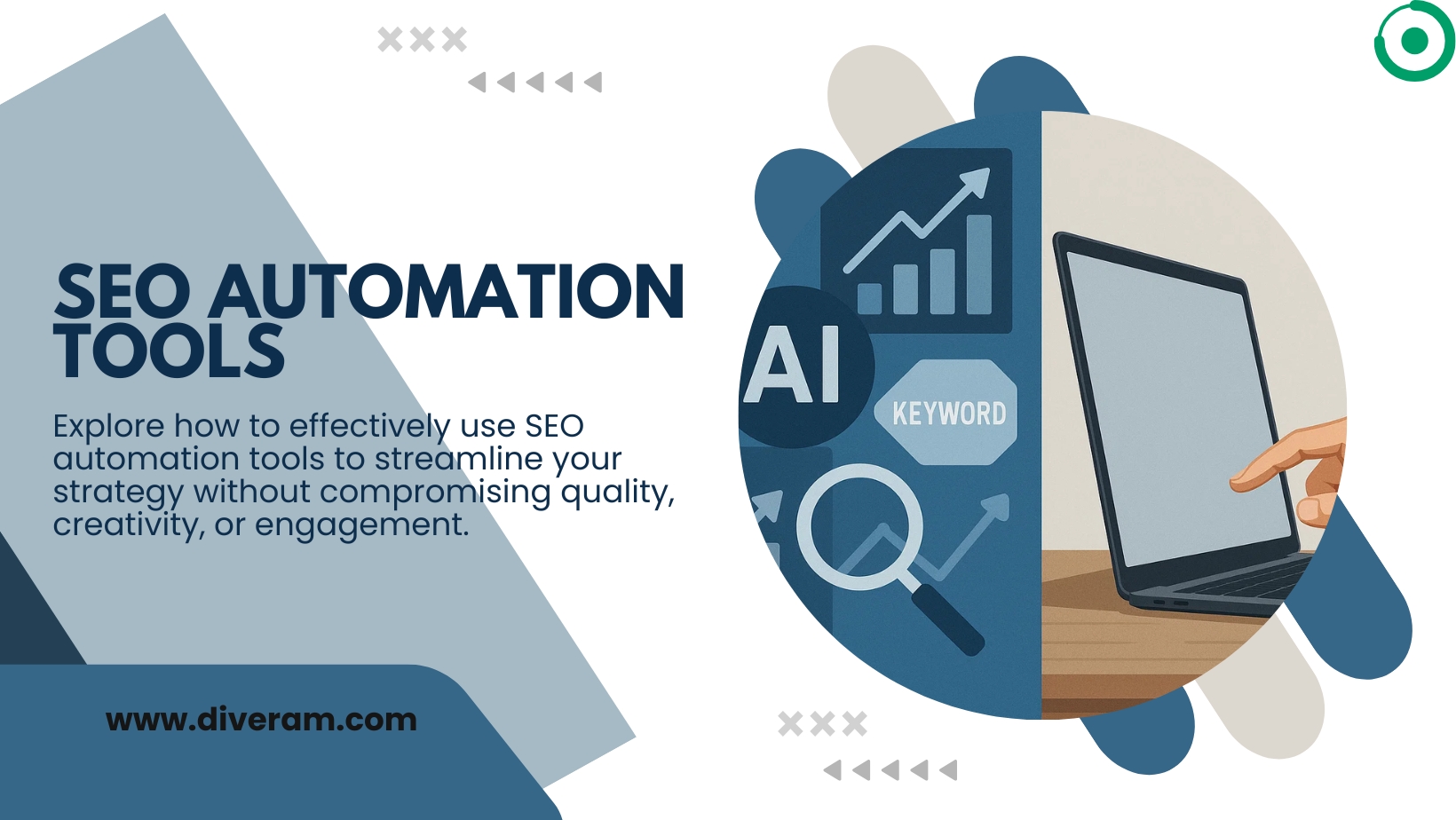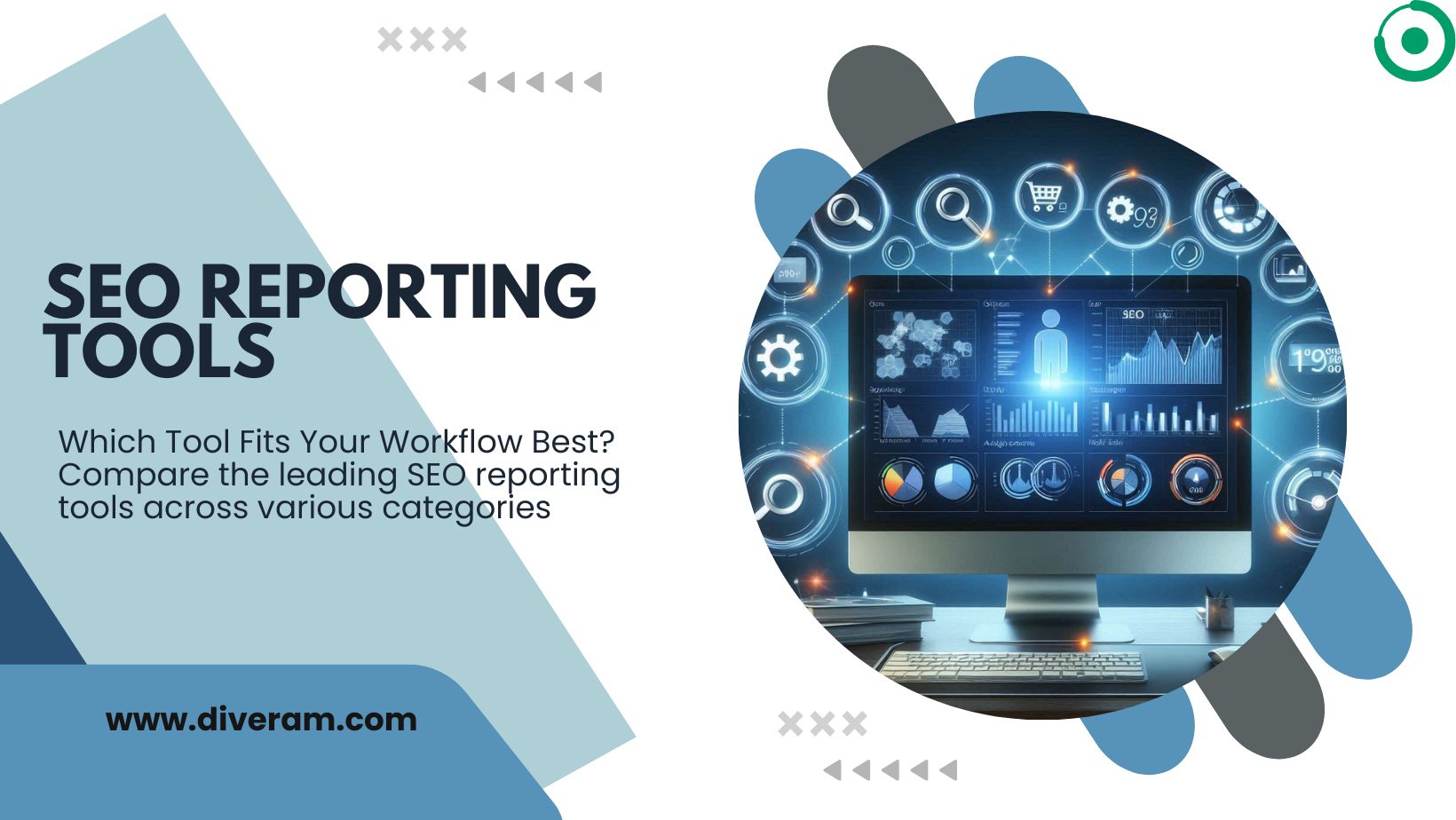Snapchat Marketing vs. Instagram: Which Platform is Better?

Introduction
In the dynamic world of social media marketing, businesses constantly seek the most effective platforms to engage their target audience and drive growth. Snapchat and Instagram have emerged as two of the most influential social media platforms, each offering unique features and benefits. This article delves into the strengths and weaknesses of both platforms to help you decide which one aligns best with your marketing strategy, with a particular focus on Snapchat Marketing.
Understanding Snapchat Marketing
What is Snapchat Marketing?
Snapchat marketing leverages the platform’s unique features to connect with users through engaging, ephemeral content. Snapchat allows businesses to create short-lived Stories, interactive lenses, and geofilters to capture the attention of a predominantly younger audience. Key statistics reveal that Snapchat has over 500 million monthly active users, with a significant portion aged 13-24, making it a prime platform for brands targeting Gen Z and Millennials.
Advantages of Snapchat Marketing
Snapchat marketing offers several advantages:
- High Engagement Rates: Snapchat users are highly engaged, with over 75% of Gen Z using the app.
- Appeal to Younger Demographics: Snapchat’s user base skews younger, providing a direct line to teenagers and young adults.
- Innovative Ad Formats: Snapchat offers creative ad formats like augmented reality (AR) lenses and geofilters that enhance user interaction.
These features allow for:
- Immediate content consumption
- Creative storytelling opportunities
Disadvantages of Snapchat Marketing
However, Snapchat marketing has its challenges:
- Limited Discoverability: Content on Snapchat is often short-lived and harder to discover once it disappears.
- Smaller User Base: Compared to Instagram, Snapchat’s user base is smaller, which can limit reach.
- Short Lifespan of Content: Snapchat content disappears after 24 hours, requiring constant updates and fresh content.
Understanding Instagram Marketing
What is Instagram Marketing?
Instagram marketing utilizes the platform’s highly visual nature to engage users through photos, videos, Stories, IGTV, and Reels. Instagram boasts over 1 billion monthly active users, with a broad demographic spread, making it a versatile platform for various marketing strategies.
Advantages of Instagram Marketing
Instagram marketing has several strengths:
- Large and Diverse User Base: Instagram’s vast and varied audience provides ample opportunities for engagement.
- High Visual Content Engagement: The platform’s focus on visual content makes it ideal for brands with strong visual identities.
- Various Content Formats: Instagram offers multiple content formats, including Stories, IGTV, and Reels, catering to different types of engagement.
These features result in:
- Strong influencer culture
- Robust advertising platform
Disadvantages of Instagram Marketing
Despite its strengths, Instagram marketing has its downsides:
- Increasing Competition: The platform’s popularity means higher competition for user attention.
- Algorithm Challenges: Instagram’s algorithm can sometimes hinder organic reach.
- Higher Cost for Ads: Due to its popularity, advertising on Instagram can be more expensive.
Comparing Snapchat and Instagram for Marketing
User Demographics and Reach
Understanding the user demographics of each platform is crucial:
- Snapchat: Predominantly Gen Z and young Millennials, with a strong presence in North America and Europe.
- Instagram: A wider age range, appealing to both younger and older demographics globally.
Audience Targeting Capabilities:
- Snapchat offers precise targeting options based on user behaviour and interests.
- Instagram provides robust targeting options, leveraging Facebook’s extensive data.
Engagement and Content Formats
Engagement rates and content formats vary between the platforms:
- Engagement Rates: Snapchat users often show higher engagement with Stories and AR filters.
- Content Formats: Snapchat focuses on Snaps, Stories, and AR lenses, while Instagram offers Stories, IGTV, Reels, and traditional posts.
Best Performing Content:
- Snapchat: Short, interactive content like Snaps and Stories.
- Instagram: A mix of photos, videos, Stories, and Reels, with high engagement on visually appealing content.
Advertising Options and Costs
Advertising options and costs also differ:
- Snapchat Advertising: Includes Snap Ads, Sponsored Lenses, and Geofilters. Generally more affordable but with a younger, narrower audience.
- Instagram Advertising: Offers photo ads, video ads, carousel ads, Stories ads, and more. Higher costs but broader reach and diverse ad formats.
Case Studies and Success Stories
Brands Succeeding with Snapchat Marketing
Several brands have successfully leveraged Snapchat’s unique features:
- Taco Bell: Utilized geofilters and AR lenses to engage younger audiences, resulting in high engagement rates.
- Gatorade: Created an AR lens during the Super Bowl, generating over 160 million views.
Brands Succeeding with Instagram Marketing
Instagram has also seen remarkable marketing success stories:
- Nike: Leveraged Instagram Stories and influencer partnerships to drive massive engagement and sales.
- Airbnb: Used Instagram’s visual appeal to showcase travel experiences, enhancing brand presence and user engagement.
Choosing the Right Platform for Your Strategy
Assessing Your Brand’s Needs
When choosing between Snapchat and Instagram, consider:
- Target Audience: Snapchat for younger demographics; Instagram for a wider age range.
- Budget: Snapchat for more affordable ads; Instagram for broader reach.
- Content Type: Snapchat for ephemeral, interactive content; Instagram for a mix of photos, videos, and long-form content.
Integrating Both Platforms
For many brands, integrating both platforms can be beneficial:
- Cross-Platform Marketing: Use Snapchat for immediate, playful content and Instagram for more polished, long-lasting posts.
- Consistent Branding: Maintain a cohesive brand identity across both platforms.
- Expanded Reach: Leverage the strengths of each platform to maximise audience engagement.
Conclusion for Snapchat Marketing
Choosing between Snapchat and Instagram for your marketing strategy depends on your brand’s specific needs and goals. Snapchat offers high engagement among younger users with innovative ad formats, while Instagram provides a larger, more diverse audience and a variety of content options. By assessing your target audience, budget, and content strategy, you can determine the best platform for your marketing efforts.
Ready to take your social media marketing to the next level? Contact Diveram today to create a tailored marketing strategy that leverages the unique strengths of Snapchat and Instagram to drive your business growth.
For more insights and expert advice, subscribe to our newsletter and stay ahead of the social media marketing curve!




